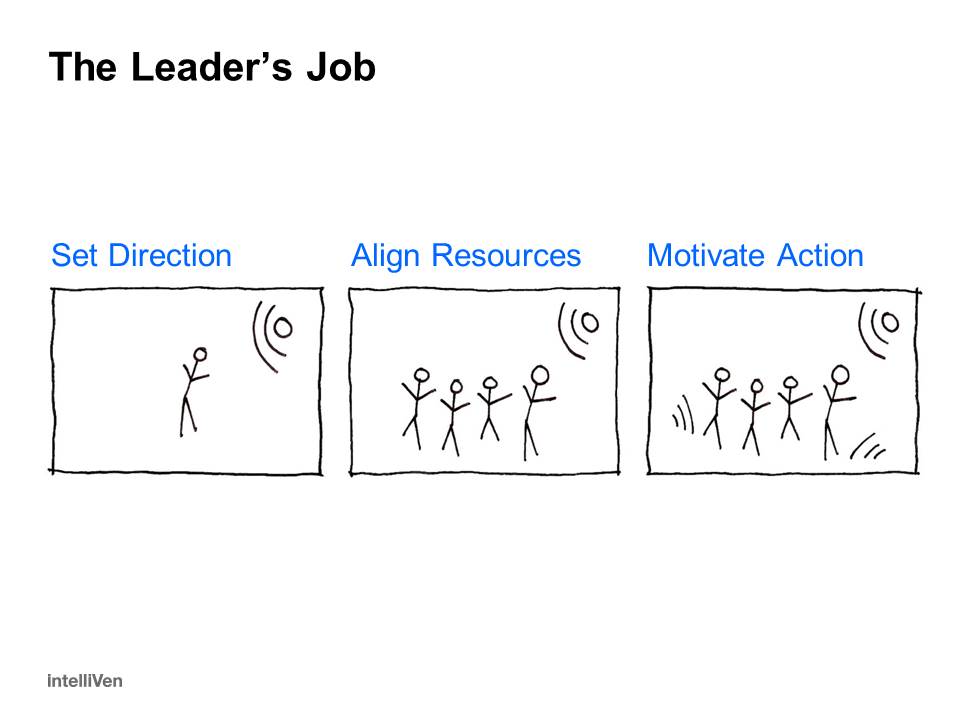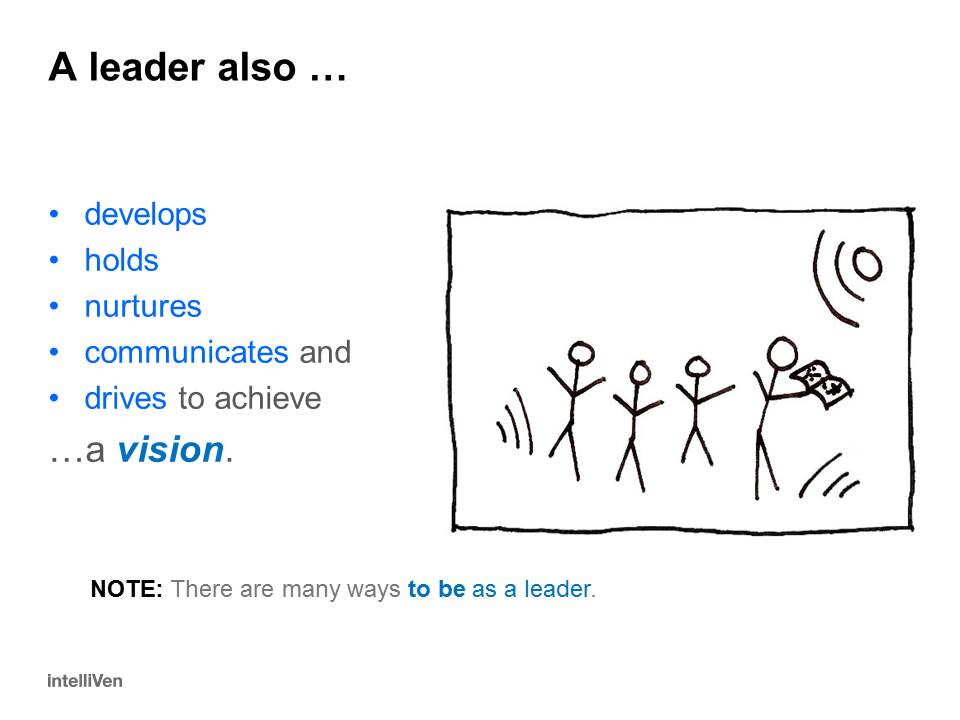Leaders Used to Rule Their Followers
A follower makes a leader. The relationship between leader and followers (i.e., the way the connection between leader and follower works, not just the state of being leader and follower) has changed. Leaders used to command-and-control workers, who were seen to be basically lazy, having to be told exactly what to do, and motivated only by security and money. Leaders had top-down authority and a tight rein on workers who could not be trusted to do good work without control.
A more democratic model eventually emerged. Workers were seen as responsible and motivated to do a good job, even without tight controls, punishment, and reward. This led to a less rigid leader-follower relationship, one more focused on creating happier, productive workers. The tools for doing that, however, have not been clear.

Followers Now Enlighten Their Leaders
There is now even more change in how leaders and followers relate. Specifically, we see more emphasis on a leader’s capacity to build and sustain an inclusive and high-trust relationship with a loyal, capable, and motivated followership.
The relationship between leader and followers is being redefined as one that requires competencies previously unknown or ignored. Being bright and anointed with power is no longer enough. Today’s effective leader needs to win-over and convince mobile and demanding followers to stick around to help an organization achieve its potential to perform and grow.
New leader competencies center on a broader range of interpersonal and communication skills needed to engage active and informed followers. At the heart of it, all is the realization that today’s leaders are expected to understand themselves and others, as well as the impact of who they are, how they behave, and how they communicate with a stakeholder community.
The trend is towards value- and principle-centered leadership. Researchers, coaches, and leaders are all recognizing that people and workplaces are emotional- and relationship-centered, not the strictly rational people and places we once imagined both to be.

Mandate for Leaders
The need for a leader to understand themselves and others mandates that leaders be competent in uncovering everything they can about who they are and how they touch their followers. Followers can no longer be counted on to trust and follow those who hold command-and-control views of leading and who do not reach out for input.
What is known about a leader by followers, and even by bystanders, but not to the leader, can be disastrous to the leader when it goes viral. Even small matters can create thorny consequences in an eye-blink. Leaders today are more vulnerable to damaging local and public commentary about what they think is well-hidden or what they simply do not understand about themselves that others see, discuss, post, and use.
The wise leader, therefore, works diligently to get and stay:
-
- Aware of their own mindsets, behaviors, and actions.
- Interested in stakeholder advice on how to improve.
- Motivated to consciously manage themselves to make better choices, achieve goals, and maintain supportive and engaged followership.
- In touch with their strengths and vulnerabilities, and able to discern which work for or against them in any given moment.
The leader’s top team can be a key to being informed as to: “How am I doing?” on all four points. But stakeholders are not generally inclined to share what they really think…which leaves the leader being cut off from valuable feedback and feeling lonely.
The reason is that everyone, on the surface, wants to please, so their deep-down good advice and suggestions go unsaid rather than risk offending or for fear of being rejected or ignored. The world is better off when what needs to be said and heard is said and heard.

Figure 2: A leader develops, holds, nurtures, communicates, and drives to achieve a vision. Top Leaders Collect and Learn From Stakeholder Input
With the help of technology and enlightened processes, for example, see the IntelliVen Senior Executive Team Assessment Workshop, essential truths no longer need to remain hidden for followers to stay safe. Fast, efficient, easy, and reliable ways for leaders to stay in touch with what their personal “crowd” of stakeholders has to say now exist.
A leader uses such a system to get honest, helpful feedback from those with a stake in their success. It is not hard to do, but it does not happen on its own. To make it happen requires the leader to decide to make it happen and then the courage, conviction, and determination to lean-in and follow through.
The process, and the application system that supports it, solicit and consolidate input on five key questions from stakeholders and from the leader themself:
- What is the leader good at?
- What has the leader contributed?
- How has the leader grown?
- What should the leader get better at next?
The first three questions are easy, positive, and edifying. The answers let the leader know that they are known and appreciated by stakeholders. Answers to the fourth question provide golden input for the leader, especially if the consolidated input is reviewed by the top team prior to administering in order to be sure only the most important points are featured prominently and stated clearly.

The IntelliVen Senior Executive Team Assessment Workshopgoes even further to collect input on characteristics of performance for a leader and the leader’s top team to compare against team skill mix success norms by stage of organization maturity based on having studied thousands of data points collected on successful organizations at different maturity stages over decades. Multi-rater data is invaluable in helping leaders, especially founder-owner-operators who seek to address common sticky situations such as:
- One of the top team members is misbehaving, not representing the target culture well, and generally holding things back.
- A long time senior player is approaching retirement and/or no longer performing at peak levels.
- The owner-operator-founder wants to move on but the organization is overly dependent on them and the target exit valuation is beyond reach.
- A new executive team member has been hired at great expense and the honeymoon period is over, it is time for things to click, but they are not clicking.
Top executive teams use IntelliVen Senior Executive Team Assessment Workshop to systematically, routinely, efficiently, and easily collect and share data on the leader and on each other to collectively develop and follow a path to achieve their organization’s potential to perform and grow.
SEE ALSO
- How a top team used the IntelliVen Senior Executive Team Assessment Workshop to put their rookie CEO on track to success.
- How to drive elite C-suite performance and why it works.
- Three steps to leader and team assessment and development.
- Sample output from a Case Example of leader and team assessment and development.
Editor’s Note: Originally published February 8, 2016, updated for July 2020.

